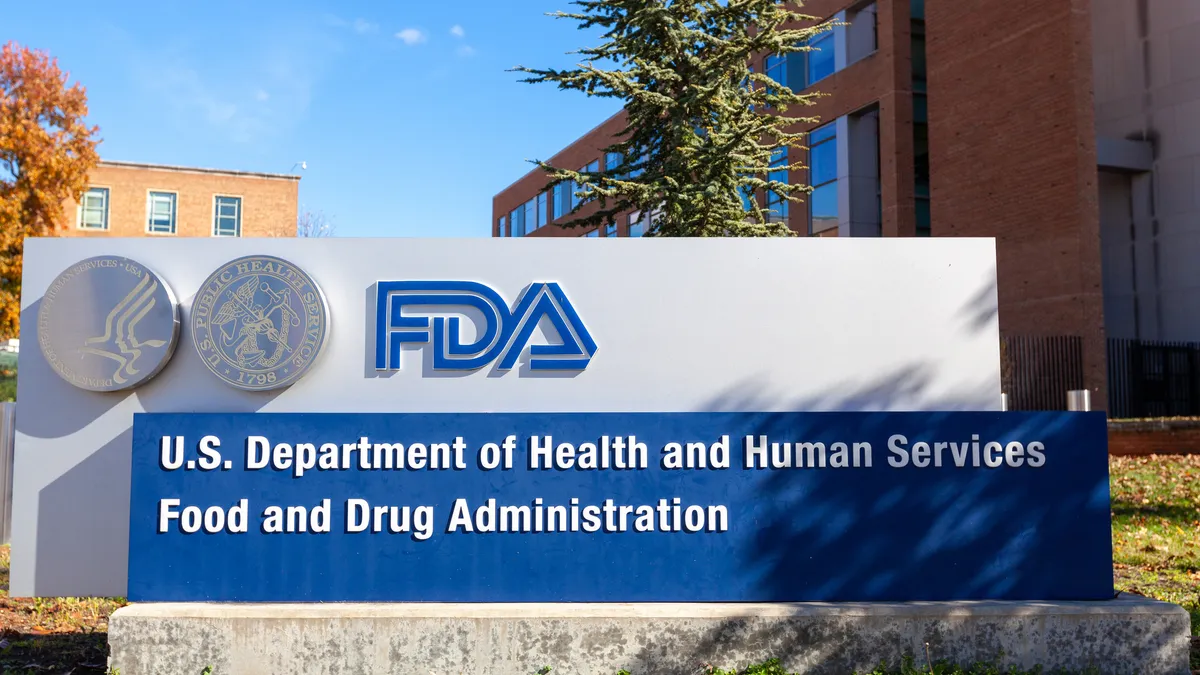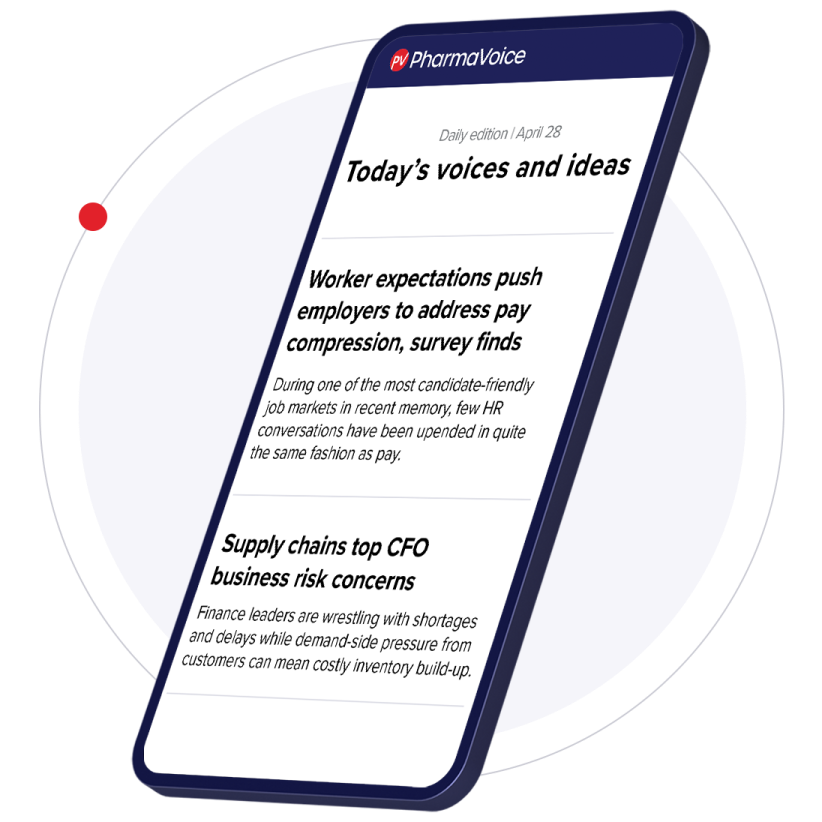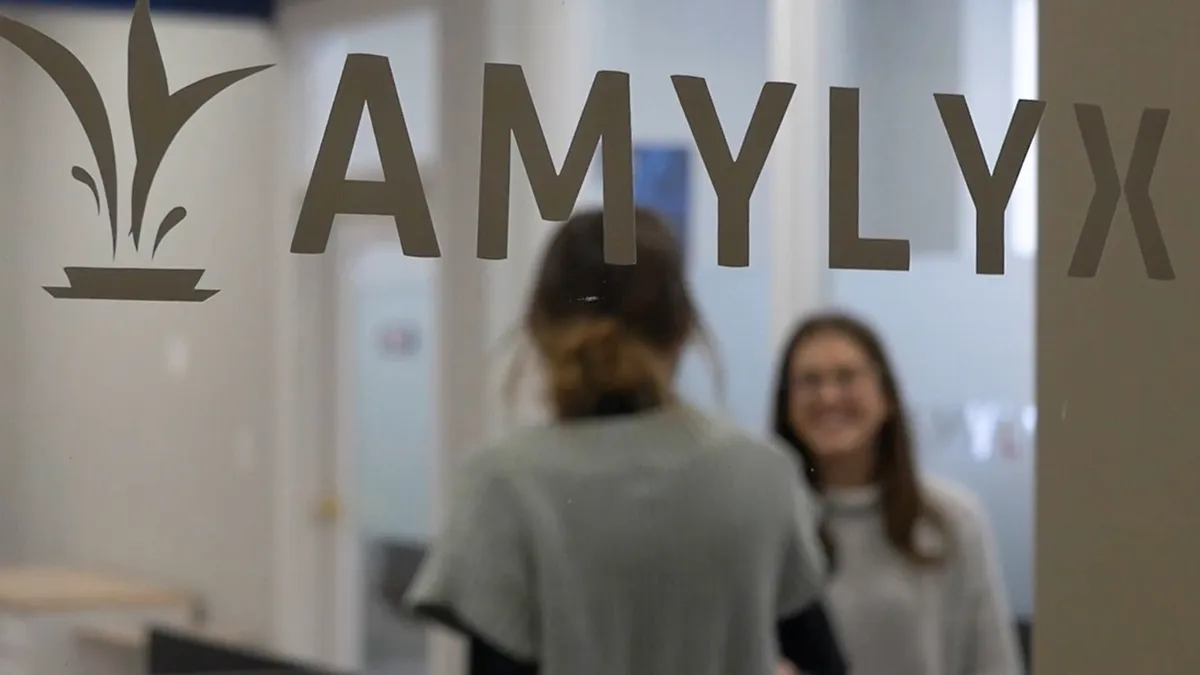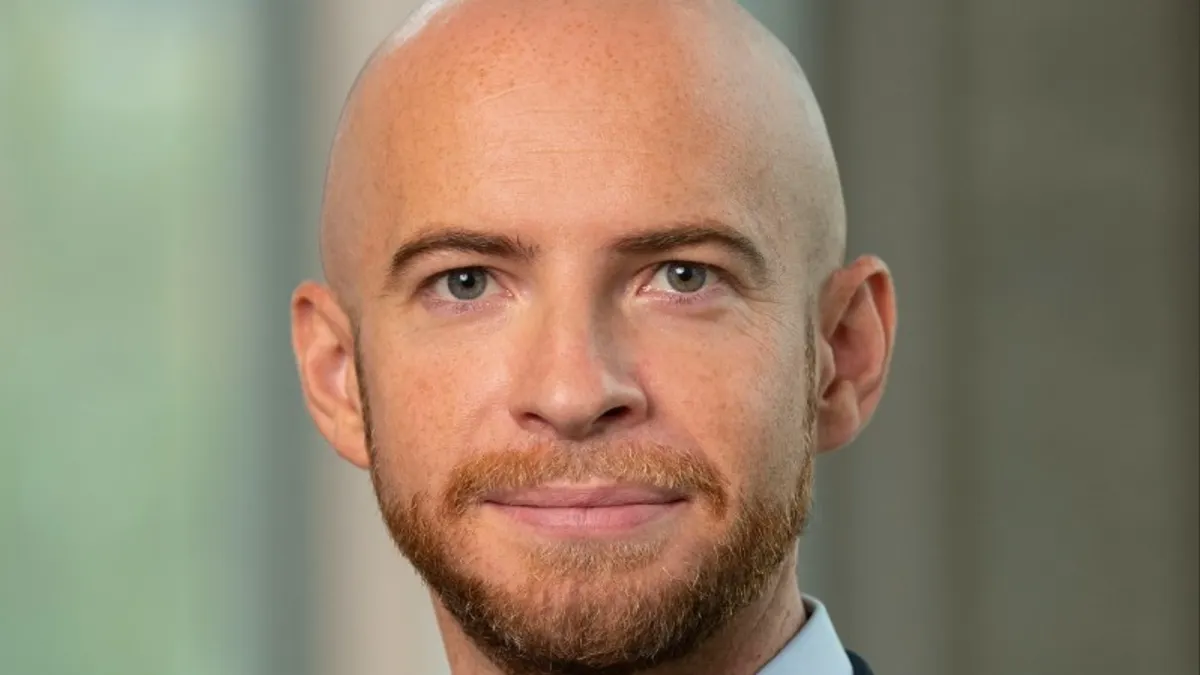When Stealth BioTherapeutics nabbed FDA approval last month for the Barth syndrome treatment Forzinity, the win marked the regulator’s new flexibility for uncommon conditions. An ultra-rare and often fatal pediatric mitochondrial disease with no approved treatment until now, Barth syndrome could be a bellwether for the FDA’s willingness to advance drugs for the smallest patient populations.
The standard FDA approval process typically calls for large, placebo-controlled clinical trials. For rare diseases, adhering to such standards is not only unrealistic, but likely impossible. Barth syndrome is a perfect example of this dilemma.
It’s one of the “quintessential struggles” in the ultra-rare disease space, Stealth’s CEO Reenie McCarthy told PharmaVoice in August, just weeks before Forzinity’s approval.
“To be fair, there was never going to be the data for the traditional approval, right? The patient population is just too small,” McCarthy said at the time. “There are 150 patients in the U.S. and 300 [diagnosed] worldwide. As you can imagine, not all of them are going to be suitable for participation in clinical trials. It makes it hard to do double-blind, placebo-controlled trials. And it certainly makes it hard to do a second trial if the first trial does not work.”
One of Stealth’s Forzinity studies included only 12 patients, which is tiny compared to typical-sized clinical trials. Yet, when it comes to Barth syndrome, it’s actually an “astonishing participation rate,” given the small patient population combined with inclusion and exclusion criteria, Lindsay Marjoram, director of research for the Barth Syndrome Foundation, told PharmaVoice in August.
Although Stealth got Forzinity over the regulatory finish line, the approval battle isn’t over yet.
Conditions of approval
The drug’s accelerated approval was based on the intermediate endpoint of improvement in knee extensor muscle strength. The FDA is requiring Stealth to conduct a post-approval randomized, double-blind, placebo-controlled trial to confirm that the changes seen in knee muscle strength translate into broader patient benefit.
“Following patients long-term post-marketing may make more sense,” McCarthy said. “That seems to be a good pathway in the setting of ultra-rare [diseases].”
In addition to the post-marketing study requirement, the FDA only approved the drug for patients weighing at least 30 kilograms (66 pounds).
“While we celebrate this critical milestone, we are deeply aware that only half of our patients survive long enough to weigh the 30 kilograms they must in order to be eligible for this treatment now,” Kate McCurdy, board chair of the Barth Syndrome Foundation, said in a statement about the approval.
Stealth said it will work with the FDA on a plan to collect additional data in children weighing less than 30 kilograms and secure a label expansion.
The broader impact on ultra-rare R&D
Marjoram has called Forzinity a “litmus test” for FDA approvals in the space. And while Stealth’s work on Forzinity isn’t finished, the approval was a positive sign for other ultra-rare drug developers to keep up the work.
The drug’s regulatory path “has been pretty closely watched not just in the industry, but also on the Hill,” McCarthy said. “Even to the point where, when the [FDA’s] Rare Disease Innovation Hub was being envisioned, this case study was coming up as one of the examples where better communication, coordination and consistency from the FDA was really important to support innovation in ultra-rare diseases.”
Forzinity’s ultimate approval would likely “bring some hope to ultra-rare disease innovation” as well as ensure continued financing for companies that may have been at risk of losing it, McCarthy said in August.
And although each ultra-rare disease may have small patient populations, the rare disease market as a whole is large.
“When you add up all the different rare and ultra-rare diseases, it ends up being one in 10 people,” Marjoram said.
That’s reflected in the orphan drug development market, which is forecasted to grow at a CAGR of 10% through 2032, Andreas Hadjivasiliou, manager of content strategy at Evaluate, said via email.
“Current estimates suggest [the market] could reach north of $400 billion worldwide by 2032,” Hadjivasiliou said. “We continue to see interest in development from drug companies, and there is a clear continuing unmet need on the patient side.”
He added that while many drugs, such as J&J's Darzalex, have multiple indications approved and in development, “there remains opportunity to develop and launch single indication therapies.”
“These tend to be in indications like Barth syndrome where a well-defined patient cohort or a genetic disease presents a clear patient unmet need,” he said.


















